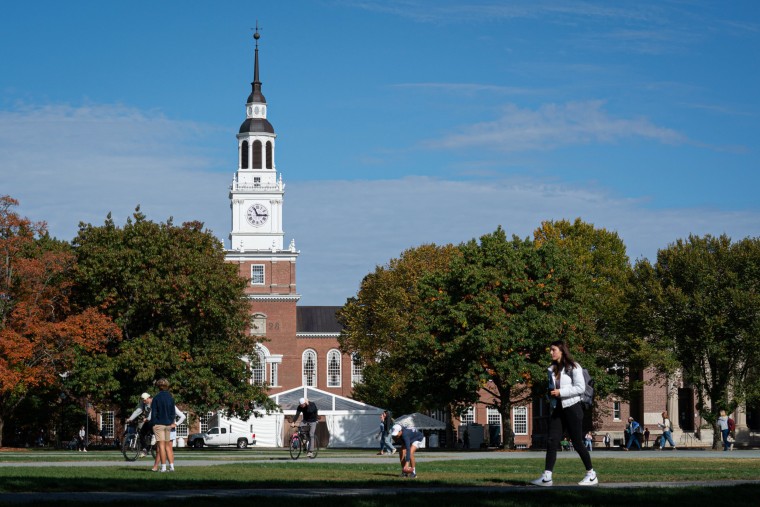South Asian American students applying to the most prestigious universities in the country may face worse odds than their white peers, a new study finds.
The report, published last week in the science journal Nature, compared Asian American and white applicants for admission to Ivy League and other prestigious schools who had comparable grades, test scores and extracurricular activities. It found that Asian Americans who applied had 28% lower odds of attending the schools than their white counterparts.
But the disparity for South Asian students was even more pronounced, with their odds of attending being 49% lower than white applicants’. East and South East Asian applicants both had a 17% lower chance of attending than white applicants with similar merits.
A significant factor could be legacy admissions, said Josh Grossman, a Stanford University Ph.D. candidate in computational science, who was one of the authors of the report.
“We see these really absurd gaps between legacy students and nonlegacy,” he said. “South Asian students, of the four groups we consider in the paper, are the least likely to have a parent who attended an Ivy-11 school.”
Though it’s not known how exactly that plays out in admissions offices, white students are six times more likely than South Asian students to have legacy status, the report found, and three times more likely than East and Southeast Asian students.
“If you have this benefit conferred to students with legacy when it comes to attendance, it’s going to benefit white students more than it does South Asians, East Asians or Southeast Asian students,” he said. “That’s ultimately a big piece of this gap.”
Grossman said geographic distribution could be another factor. With many colleges prioritizing student bodies that represent a wide variety of states, applications from South Asian population centers like California might get capped earlier, he said.
“There may be only so many slots available from California because the school desires this evenness in geographic distributions,” he said.

